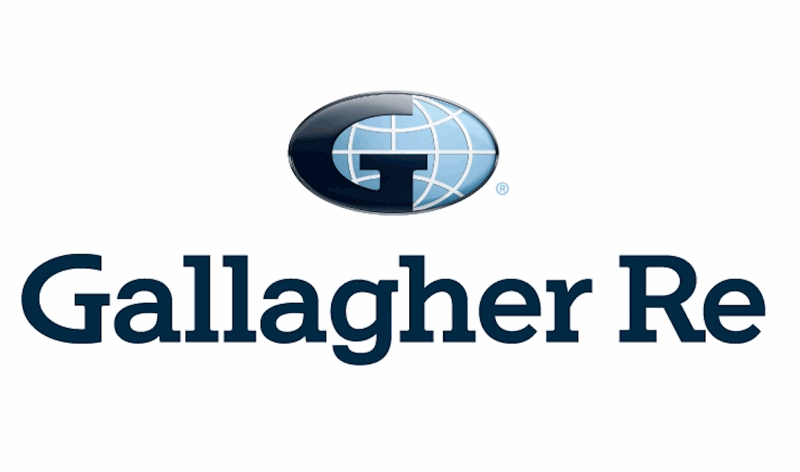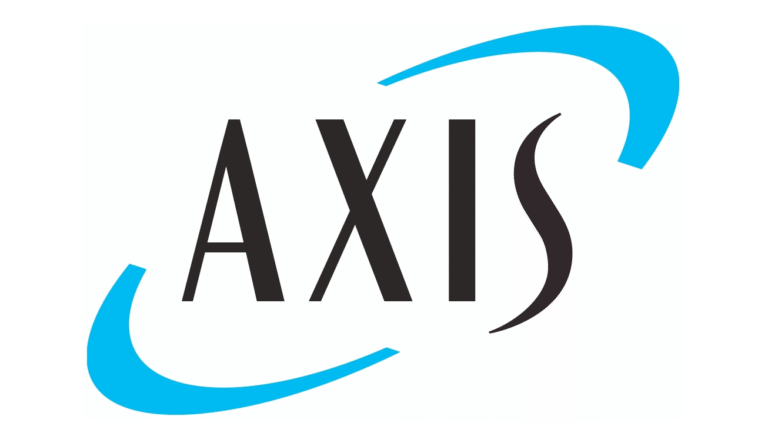
Gallagher Re, the reinsurance broker and risk advisory firm, provides new insights into Japan’s non-life insurance sector in its latest Asia Pacific Market Watch Report.

Japan’s non-life sector consists of 35 domestic insurers and 22 foreign branches, including a Lloyd’s operation. Of these, nine companies focus solely on reinsurance. Gallagher Re highlights that consolidation remains active, with MS&AD announcing in March 2025 its plan to merge MSI and ADI by April 2027.
In addition to commercial insurers, Japan also maintains a system of kyosai, or cooperative and mutual insurers, which operate under different legal and regulatory frameworks. These entities are excluded from Gallagher Re’s analysis for clarity and comparability.
According to Gallagher Re, smaller domestic insurers and foreign companies have found new opportunities as major Japanese carriers refine their underwriting strategies. Large insurers have focused on improving portfolio quality and reducing exposure in commercial fire and US casualty lines, creating room for smaller and specialized players to expand.
The Japanese non-life market regained momentum in 2024, with gross premiums rising by 3.9 percent to JPY 12 trillion (USD 76.6 billion) after a slight decline in 2023. Net premiums grew 4.9 percent to JPY 9.6 trillion (USD 60.9 billion). Gallagher Re reports that members of the General Insurance Association of Japan (GIAJ) achieved an improved collective net loss ratio of 64.1 percent.
Property insurance, representing about 23 percent of total premiums, benefited from rate increases, updated product designs, and renewed focus on profitability. Gallagher Re notes that insurers continue to strengthen exposure management and expand internationally. Corporate reforms in Japan, including the sale of cross-shareholdings, are also supporting a more independent, underwriting-led approach to portfolio management.
Motor insurance remains the largest segment, accounting for roughly 47 percent of total premiums. Gallagher Re attributes the deterioration in voluntary motor loss ratios, which reached 60 percent in 2024, mainly to rising repair costs and natural catastrophe losses. Significant rate increases are planned for 2025 in response.
Casualty and financial lines, which together make up about 26 percent of gross written premiums, have remained broadly stable. Domestic general liability rates have held firm, while insurers continue to refine pricing for accounts with US exposure.
Gallagher Re observes that financial lines such as directors’ and officers’ (D&O) and errors and omissions (E&O) coverage also remain steady within Japan, although mild rate reductions have appeared in some overseas markets.
Gallagher Re emphasises that Japanese insurers have maintained strict pricing discipline, particularly in commercial fire business.
The three largest insurers implemented rate increases of around 10 percent in late 2024, and some loss-affected accounts experienced adjustments exceeding 30 percent alongside smaller line sizes. Casualty lines stayed generally stable except for those with substantial US exposure.
In reinsurance, Gallagher Re reports that the property catastrophe segment, which has hardened steadily since the typhoon events beginning in 2018, reached near-record pricing levels in recent years.
Profitability has improved since 2024, leading to risk-adjusted rate reductions of -10 to -15 percent at the April 2025 renewals. Property risk business also saw continued remediation, with loss-free portfolios receiving rate reductions between -2.5 and -7.5 percent, while proportional (pro rata) business achieved the first commission increases in years, up to 2.5 percent.
Reinsurance renewals for third-party liability business were more complex but generally successful. Gallagher Re notes that most programs were comfortably placed as insurers reduced US exposures and reinsurers allocated capacity strategically. Loss-free portfolios typically experienced flat to 5 percent rate increases.
Cyber insurance remains attractive to reinsurers thanks to low loss ratios and modest limits. Personal accident business, by contrast, has softened as capacity returned following the post-pandemic adjustment.
Gallagher Re concludes that Japan’s non-life sector demonstrates continuing strength, supported by disciplined underwriting, stable reinsurance capacity, and ongoing corporate reform. These elements, combined with improving profitability and balanced pricing trends, position the market for sustained growth through 2026.





